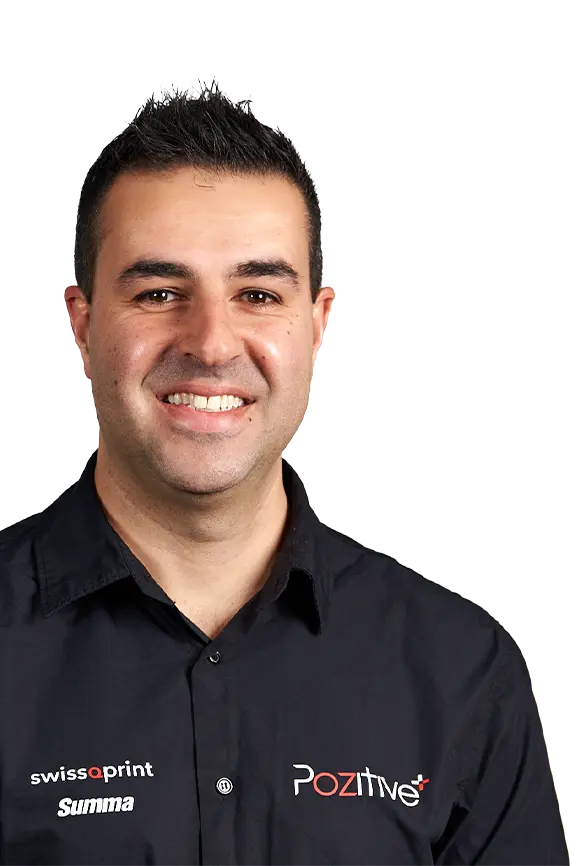Dye sublimation printing has revolutionised the textile industry, allowing for vibrant and long-lasting printing on polyester fabrics.
Whether you’re a garment manufacturer, a promotional products company, or a business looking to offer custom printed textiles, investing in a high-quality dye sublimation printer is essential.
Here are 6 crucial factors to consider when choosing a dye sublimation printer.
Production speed
You need a dye sublimation printer that can keep up with demand today, and can easily scale as your business grows.
Manufacturing garments in Australia is deadline-driven, and missing deadlines due to slow printing speeds or unreliable equipment can be a huge blow to your business.
Choose a printer that offers high-speed capabilities without compromising print quality, like the DGI Poseidon (the fastest dye sublimation textile printer in its class).

Reliability
Imagine the team running out onto the field with half of their gear missing because your printer broke down at the last minute.
Every machine will break down at some point. But it doesn’t have to cost your business more than the price of the printer.
There are always cheaper machines available, but we recommend investing in reliable equipment from reputable suppliers who offer prompt technical support and service.
High-density dye sublimation ink
To reproduce vibrant and deep colours while minimising ink usage, you need a dye sublimation printer that uses high-density ink.
Just putting more ink onto the paper to try and improve density is a false economy. It not only increases costs, but requires more drying time for the paper. Trying to sublimate paper that is not completely dry, causes additional problems during pressing.
Additionally, consider offering unique colours—fluorescent inks like neon yellow and neon pink — that set you apart from competitors and expand your colour palette beyond CMYK limitations. Vibrant Orange and blue are also colours that competitors cannot easily replicate unless they have these inks in their printer.
We recommend DGI F160 (for DGI printers) or Italian made Kiian inks which are compatible with most wide format printers in the market.

Width
Most textiles have standard widths ranging from 1450 to 1500. It's essential to ensure that your printer can produce prints across the full width of the fabric to maximise material usage and minimise waste.
However, if you work with pre-cut pieces or multi-ply cutting, a narrower machine may be suitable depending on its printing speed. Remember, a printer always achieves maximum speed when printing as wide as possible.
Feeding/take up system
Investing in a dye sublimation printer with a robust media support and motorised feeding system offers several advantages.
Firstly, it allows you to use heavier and longer paper rolls, resulting in cost efficiencies. Secondly, a good roll-up system ensures that the printed paper is tightly and evenly rolled for smooth processing when feeding into the press.
Drying system
Consistent and accurate sublimation requires completely dry paper before rolling it up for calendaring. Ensure your printer has a strong enough drying system based on the speed of printing.
Some transfer papers dry faster than others due to their coating technology. If your printer is unable to dry the paper fast enough due to its speed or heavy ink loads, consider using fast-drying papers like Transjet Boost.
Our recommended dye sublimation printers
Investing in a high-quality dye sublimation printer based on the above criteria is crucial for businesses involved in the fast-paced world of textile printing. We recommend reputable brands that are widely used in the local market, like DGI.
But it’s not just about the printer. The dye sublimation inks and transfer paper you select can also play a huge role in the quality and cost-effectiveness of your product.
If you need assistance in choosing the right textile printing technology, reach out to our team of experts.





